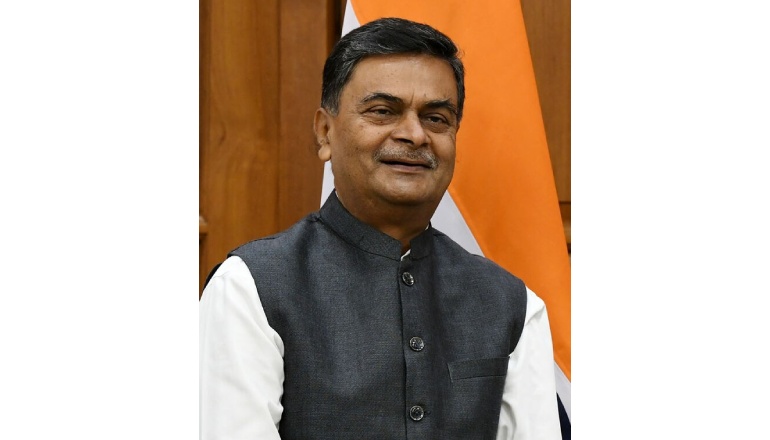India aims to drop coal power capacity from 70 percent in 2014 to 33 percent by 2030.
According to RK Singh, Union minister Union Minister for Power and New and Renewable Energy, the drop will be one of the largest reductions by any country.
The government has revised its initial plan to increase coal-fired power generation capacity by 78-80 GW by 2030 to meet rising electricity demand. It must be noted that this is against the 51 GW that was originally planned capacity addition.
“India’s energy transition is according to national circumstances,” the minister said.
On a question on the recently concluded COP28, he said, “India emits 2.1 tonnes per capita, while developed nations emit 22 tonnes per capita. What needs to be reduced is the emissions. It doesn’t matter if the emissions are coming from coal or petroleum. We should talk about overall emissions.”
“The push for phasing out coal and limiting new coal plants, which we had seen in the draft documents, were all propaganda by the developed countries. The developed countries are emitting at least three times what we are emitting, but they don’t want to talk about that. So, all the talks about coal, and fossil fuels are diversionary tactics by the developed countries as they don’t want to talk about emissions,” he said while speaking with reporters.

